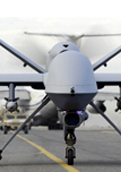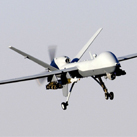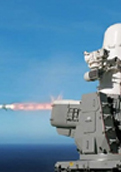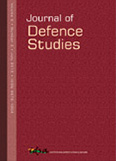Unmanned Trans-Atlantic Journey – A New Beginning
Will the first-ever trans-Atlantic flight of a Medium-Altitude Long-Endurance Unmanned Aerial Vehicle change the course of aviation and tilt the balance in favour of unmanned aircraft?
- Kishore Kumar Khera
- July 02, 2018












